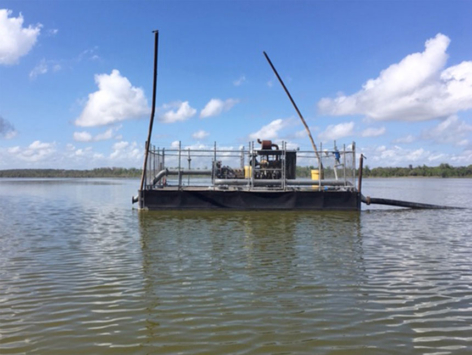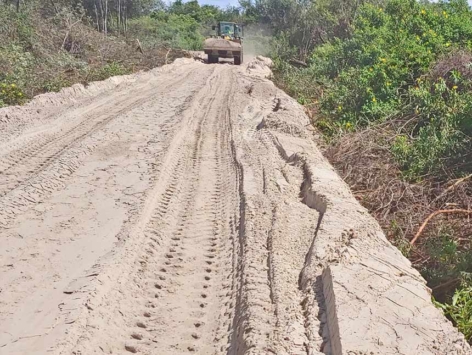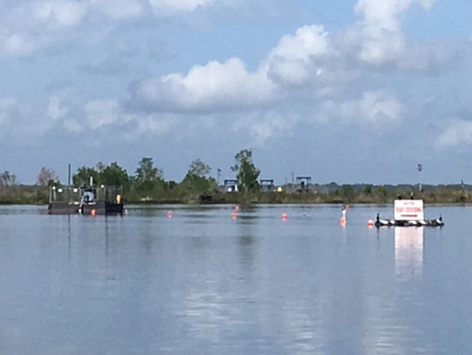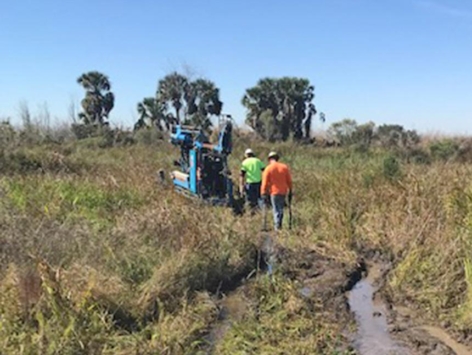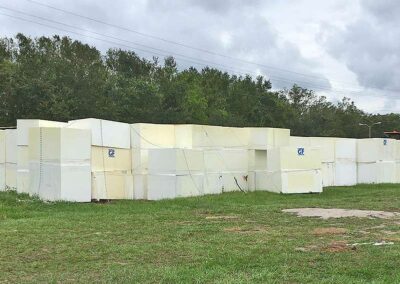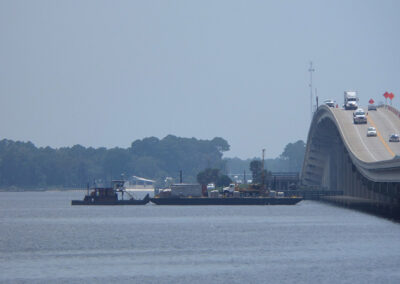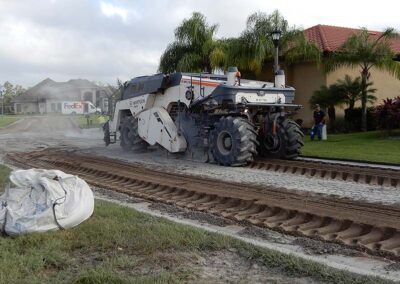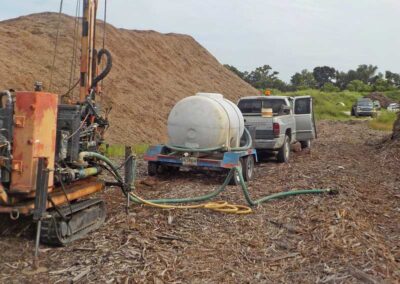Lake Apopka Phosphorus Reduction Program
Plant Design and Environmental Permitting
Lake Apopka, Florida
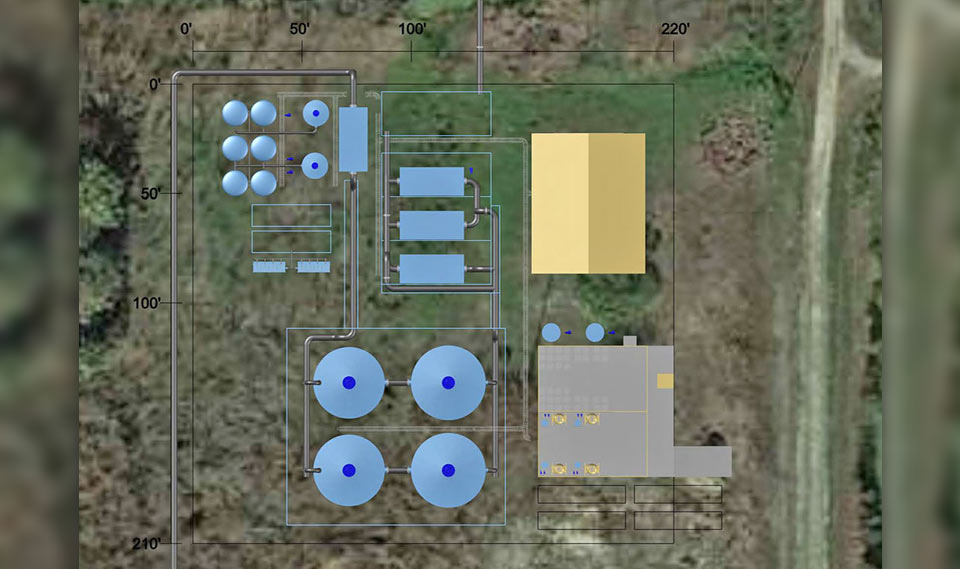
Owner
St. Johns River Water Management District
Client
Phosphorus Free Water Solutions (PFWS)
Location
Lake Apopka, Florida
Related Services
Lake Apopka Phosphorus Reduction Program
Design and Environmental Permitting
Madrid CPWG was the lead engineering firm for the environmental permitting required to build a full-scale water filtration system to clean up Lake Apopka. One of the main environmental problems in the state of Florida (and much of the world) is the increasing, accumulated concentration of nitrogen and phosphorus in surface waters from fertilizers, development, and agricultural activities. The largest lake in Florida, Lake Okeechobee, has excessive phosphate concentration in its waters and is discharging blue-green algae to downstream waters, making national news headlines. Lake Apopka is smaller, but even more impaired.
Our client was Phosphorus Free Water Solutions (PFWS), which in 2018 won a contract with the St. Johns River Water Management District to pump hundreds of millions of gallons of lake water to a chemical plant located on the north shore of the lake, in which filtration and advanced chemical processing remove both the particulate and dissolved phosphorus in the lake water, and then return it back to the lake. Their contract is a pay-for-performance contract, meaning they are paid per pound of phosphorus removed, not a set sum.
The system that was permitted, with Madrid CPWG in the lead and Modica also involved, included design and permitting of a floating barge, a shoreline dock and pumping facility, pipelines skirting wetlands, the plant itself, the discharge pipeline back to the lake, and a smaller pipeline to a solids settling area/disposal site
The permitting was substantially completed in just 9 months, including the design, wetlands evaluations, floodplain locations, submerged vegetation survey, roadway analysis, foundation design, plant layout including a very complicated concrete pad, the list goes on. For the size of the project (e.g., the phosphorus removal plant is on a parcel less than 1.5 acres in size) the permitting and engineering issues that we dealt with were in some ways more difficult than a phosphate mine. The client had a deadline and we met the deadline so they could begin construction of the facility.
As of July 2020, the plant is operational and is beginning its massive cleanup of Lake Apopka using the most advanced system in the world dedicated to the removal of phosphorus (Total P less than 35 ppm; dissolved P less than 20 ppm, 30% reduction in Nitrogen). Madrid CPWG is extremely pleased to have been part of this project, in many ways a precursor to the DeSoto permit review. The technical and permitting knowledge is the same and the benefits undeniable, regardless of which side of the table you are on.

